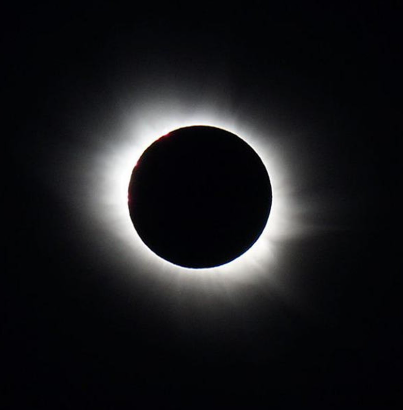
The first total solar eclipse in seven years will be viewable in Northern America on Monday, April 8, giving millions of Americans the opportunity to witness the beautiful and rare celestial event. Besides the 2017 solar eclipse, this spectacle has not been present in the continental U.S. since 1979.
Here is what to know in preparation for this special event:
What is a total eclipse?
A total eclipse will occur when the moon passes between the sun and the Earth, causing a shadow on the sun that fully blocks the sun’s light. The eclipse follows a path of totality, which is the predicted path the eclipse will follow for complete coverage. Since this path is only a prediction, the trajectory can vary in accuracy. Total eclipses take place on average once every 18 months, but only once every 400 years from any one specific place on earth. Only 15 total eclipses have taken place in the continental US in the past 150 years.
What is the path of the 2024 total eclipse?
The eclipse will follow a path across North America starting in Mexico and into Texas at approximately 2:27 p.m. Eastern time before making its way into Canada from Maine at approximately 3:35 p.m. Eastern time. Northern Virginia is just outside the path of totality, but a partial eclipse can still be seen with 89% of the sun obscured for roughly two hours and 28 minutes.
What safety precautions are needed?
Looking into a solar eclipse is very harmful and can cause permanent damage to the cornea and retina. Damage happens because the pupil will expand to adjust to the darkness caused by the lack of sunlight. Though the sun is not visible, the UV radiation emitted from it remains high. Watching the eclipse is possible, however, when looking through safe solar viewing glasses.These glasses are not to be confused with normal sunglasses, which do not provide any protection from the sun’s UV radiation. All solar viewers should comply with the ISO 12312-2 international standard and should not be damaged in order to be effective. Importantly, the glasses are not safe when worn while looking through any optical devices including camera lenses, telescopes, or binoculars. The UV rays are not only harmful to eyes but can be harmful to skin as well. Outside of the eye, it is important for those planning to watch the entire eclipse and who have sensitive skin to use protection like sunscreen or a large hat.



